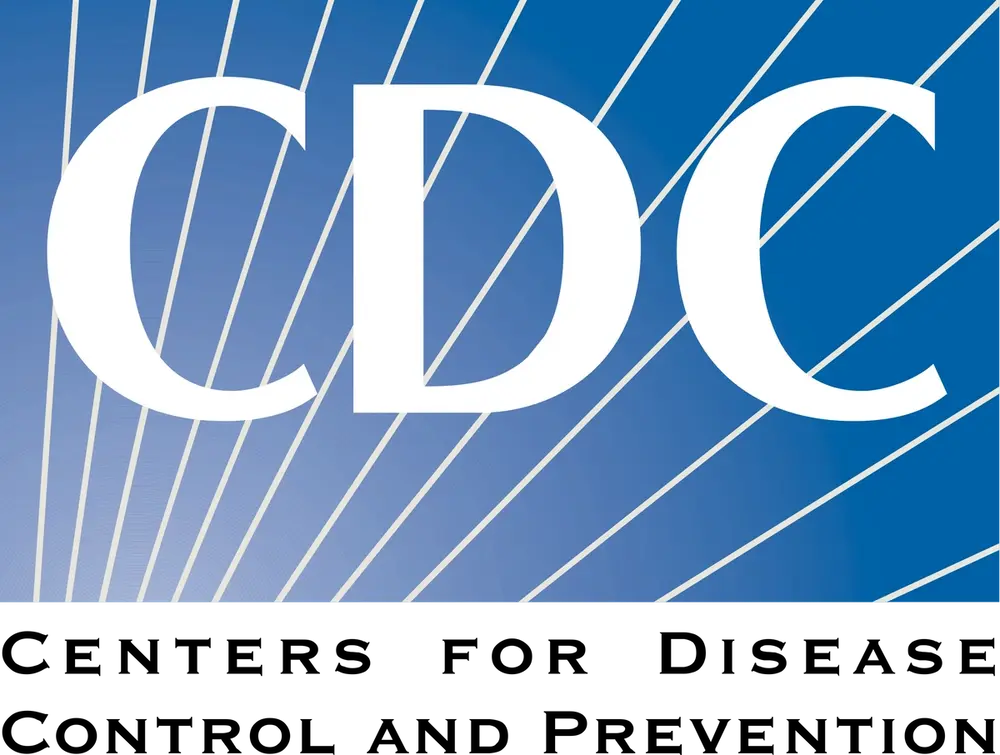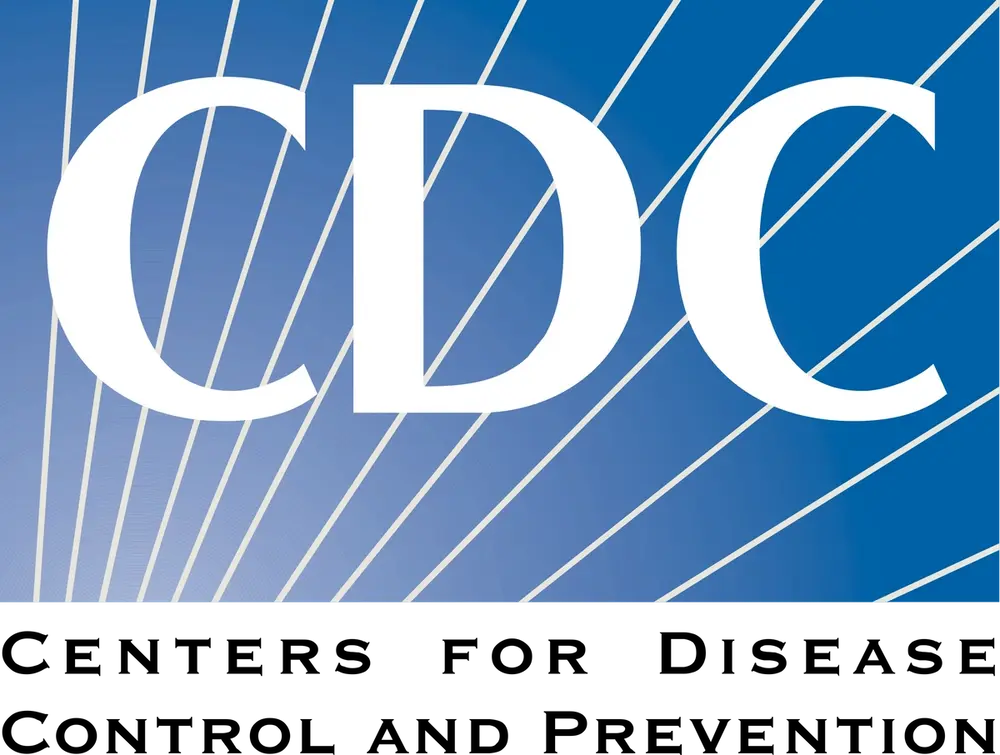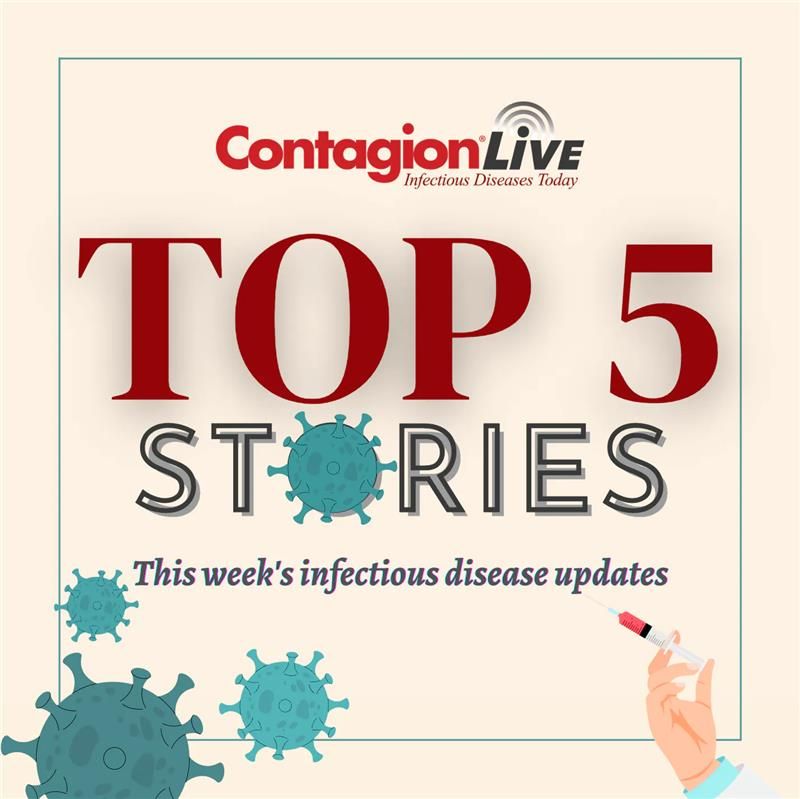
In its latest reporting, the CDC shows a significant increase in incidence rates of pertussis (whooping cough) across the United States this year. In the federal agency’s Nationally Notifiable Infectious Diseases and Conditions, United States: Weekly Tables chart, which includes the week ending September 21, there have been 15,661 total cases this year.1
This is a significant uptick in cases compared to last year. In 2023, the numbers show there was 3,657 cases through the same reporting period of the year.1
CDC points to 2 potential reasons for the trend: vaccination protection is waning, and the country is returning to normalcy, post-pandemic. The federal agency points out the COVID-19 prevention strategies lowered transmission rates.
“Reports of pertussis cases were lower than usual over the past few years, during and following the COVID-19 pandemic. However, the United States is beginning to return to pre-pandemic patterns where more than 10,000 cases are typically reported each year. It’s likely mitigation measures used during the pandemic (e.g., masking, remote learning) lowered transmission of pertussis,” the CDC states on its website.2
“As typical infection patterns return to the United States, CDC expects pertussis cases to increase both in unvaccinated and vaccinated populations. Pertussis occurs in vaccinated people since protection from vaccination fades over time.” 2
What You Need to Know
In 2024, pertussis cases have risen significantly compared to 2023, with 15,661 cases reported as of late September, versus 3,657 cases during the same period last year.
The FDA has approved the Tdap (Adacel) vaccine for pregnant mothers to protect newborns from pertussis before they are old enough for their own vaccinations.
The CDC emphasizes that even vaccinated individuals can contract pertussis, as immunity from the vaccine diminishes over time.
According to CDC, pertussis start like a common cold, but differs in that patients can develop a cough that can last for weeks or months. Pertussis symptoms of whooping cough usually develop within 5 to 10 days after you come into contact with the bacteria that cause it. Sometimes symptoms do not develop for as long as 3 weeks.3
Pertussis Vaccine for Pregnant Mothers
CDC says infants under 1 are at greatest risk for severe disease and mortality because their immune systems are still developing. This age group continues to have the highest reported rate of pertussis.3
In early 2023, the FDA approved the Adacel (Tdap) vaccine in pregnant mothers to prevent pertussis in infants younger than 2 months of age—which offers protection for the neonates before their recommended age of the first dose of the vaccine (at 2 months of age.)3
The vaccine is manufactured by Sanofi Pasteur, and on their website they point to studies that have validated the benefit of the vaccine in this population. “Tdap vaccination in pregnancy reduces the risk of pertussis infection by approximately 90% in a newborn’s first two months of life and reduces pertussis-related deaths by 95% in infants of vaccinated mothers.”3
With this most recent approval, the vaccine is indicated for the following:
- Active booster immunization against tetanus, diphtheria and pertussis. Adacel is approved for use in persons 10 through 64 years of age.
- Immunization during the third trimester of pregnancy to prevent pertussis in infants younger than 2 months of age.
The vaccine can be administered to pregnant mothers who are in their third trimester, and it is administered as a single, intramuscular injection shot.3









76sz3u